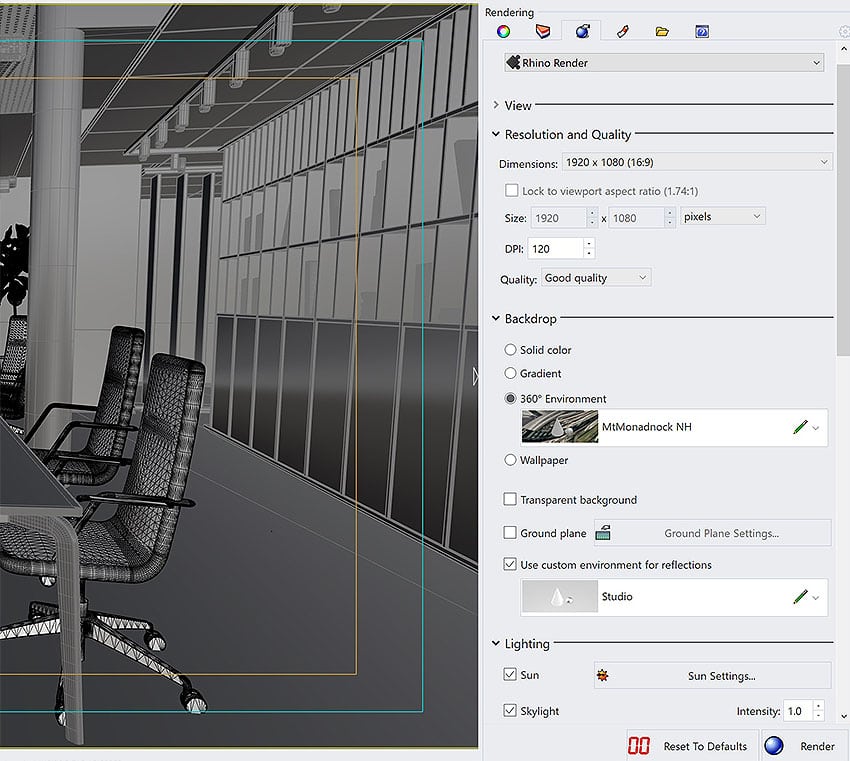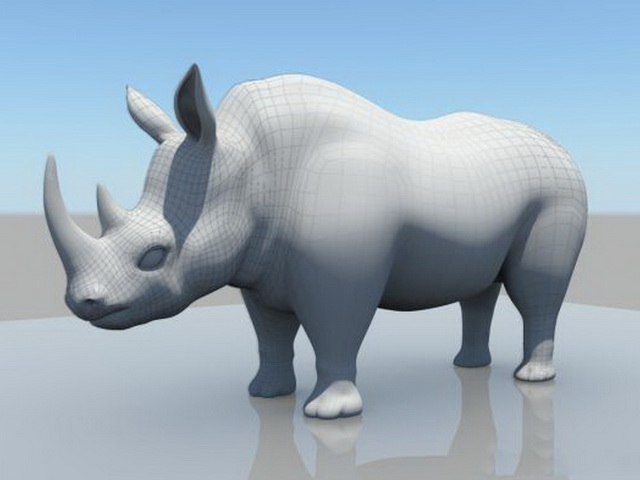
We can set up different kinds of lights, as well as adjust materials that are applied to our Rhino objects. And here we can do things like activate a render preview or a full-on render. So we can find render commands in Rhino under the render menu. Here, we've got a few different objects that we worked with in previous videos and we'll use those as some test subjects for rendering. To help us get a feel for rendering in Rhino I've got the exercise file rendering-setup.3dm open. And if you want to, you can spend just as much time setting up renders as you do building your models, if not more. It's definitely an art form all on its own. Now, the rendering process can be just as sophisticated as the modeling process. Save the file paths of all the missing images to a text file.- Rendering is a process that combines the objects in a Rhino file with simulated lights and simulated materials to produce digital images. Copy AllĬopy the file paths of all the missing images to the clipboard.

Relocate the folder that includes the missing images. Or, double-click a render content to edit. EditĮdit the selected render content (material, texture, or environment) that uses the selected missing image.

Search Onlineįind the selected missing images from the online libraries. GatherĬollect the selected images to a new folder.

Or, double-click a missing image to replace. Select an image to replace the selected missing image. It will not be reported as missing again. RemoveĮxclude the selected image from the list. The RenderReportMissingImageFiles command opens a dialog box to manage missing external image files.Įnable to list only missing images, otherwise to include non-missing images. Your browser does not support the video tag. The default light is a directional light with parallel rays that acts as though you have a lamp shining over your left shoulder.

In every Rhino rendering there are light sources that Rhino uses to calculate how the objects are to be illuminated. If you do not add any light sources to your scene, the default light is used. To improve quality, repeat these steps until the image looks right to you. The process needed to render scenes consists of four basic steps:Īlthough the steps do not have to be done in this order, using this method seems to make setting up a scene more efficient. These attributes are controlled through the Properties panel, Material page. Objects will render white until you add render color, highlight, texture, transparency, and bumps. In addition to shaded previews, Rhino provides full-color rendering with lights, transparency, shadows, textures, and bump mapping.


 0 kommentar(er)
0 kommentar(er)
